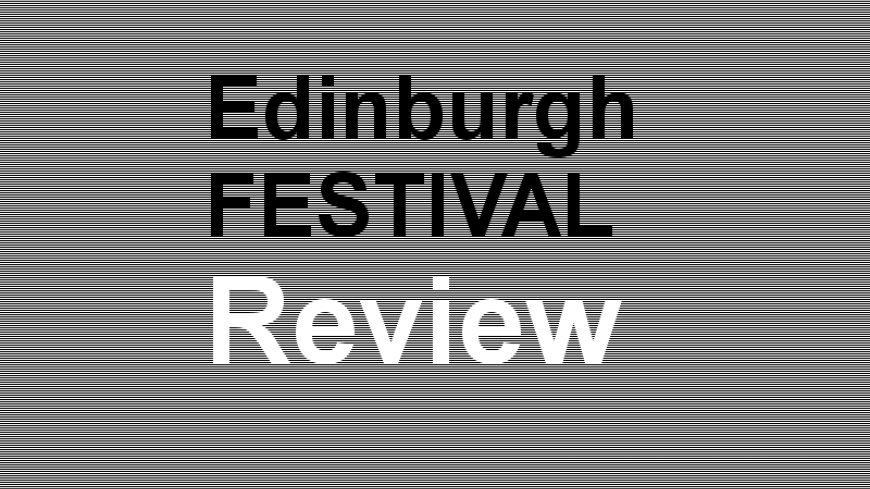
Jack attempts to move the debate about the future of Scotland beyond economics, with a look at the past and present through the eyes of its people.
The performance began with a voiceover of news bulletins warning that in an independent Scotland there would be no more socks and, in addition, Cameron warned that in the event of a ‘yes’ victory, an outbreak of the bubonic plague would undoubtedly mean death for millions of Scots. This set the tone for what was, at times, a witty little drama.
The play took place across three different settings: there was the eponymous Jack in prison; three young women living in Edinburgh; and John Knox and Norman (MacCaig?) conversing with Nessie – referred to by her Gaelic name ‘Niseag’ - on the banks of the Loch. As the play unfolded, connections between these disparate sets of protagonists were explained or created.
Essentially though, what connected them all was their country, and the somewhat flimsy plot was really only a device on which to hang a number of different issues relating to the Independence Debate. The women, whether voting ‘yes’, ‘no’ or undecided, all agreed they were fed up with being governed by an ‘unprincipled coalition of twats’. However, one also mocked that it was impossible to get a grip of the so-called facts from anywhere, as all politicians lie. They also debated Scottish stereotypes and the relevance to young Scots today of the Rabbie Burns legacy.
Back in prison, Jack and his cell-mate also discussed politics, with a tale of ongoing Catholic-Protestant hatred and violence - also a part of Scotland’s past - thrown in at the end. The Niseag, Knox and Norman interludes were presumably included as figures associated with Scottish culture.
The whole thing was played out in a series of short scenes that flitted between the three settings. Knox and Norman appeared as silhouetted stick puppets, with the part of Niseag played by one of the actresses (looking a bit like a mermaid). It was left to Niseag to deliver a message of hope – whatever the outcome of the referendum: that Scotland’s beauty has been polluted and suffocated but can rejuvenate, and with a little courage can adapt and progress and move on.
While not offering any answers or solutions to the questions surrounding Scottish Independence – and it never purported to do that – this was an entertaining piece. There is talent within this theatre company, both in terms of writers and actors. Unfortunately, the brief scenes and constant changes of location poses problems for the staging of this play in a theatre setting, and these were not wholly overcome. Nevertheless, an interesting performance that will happily hold the attention of anyone fancying a different look at the Independence Debate.
Runs 12th – 16th August at 4.15pm.

